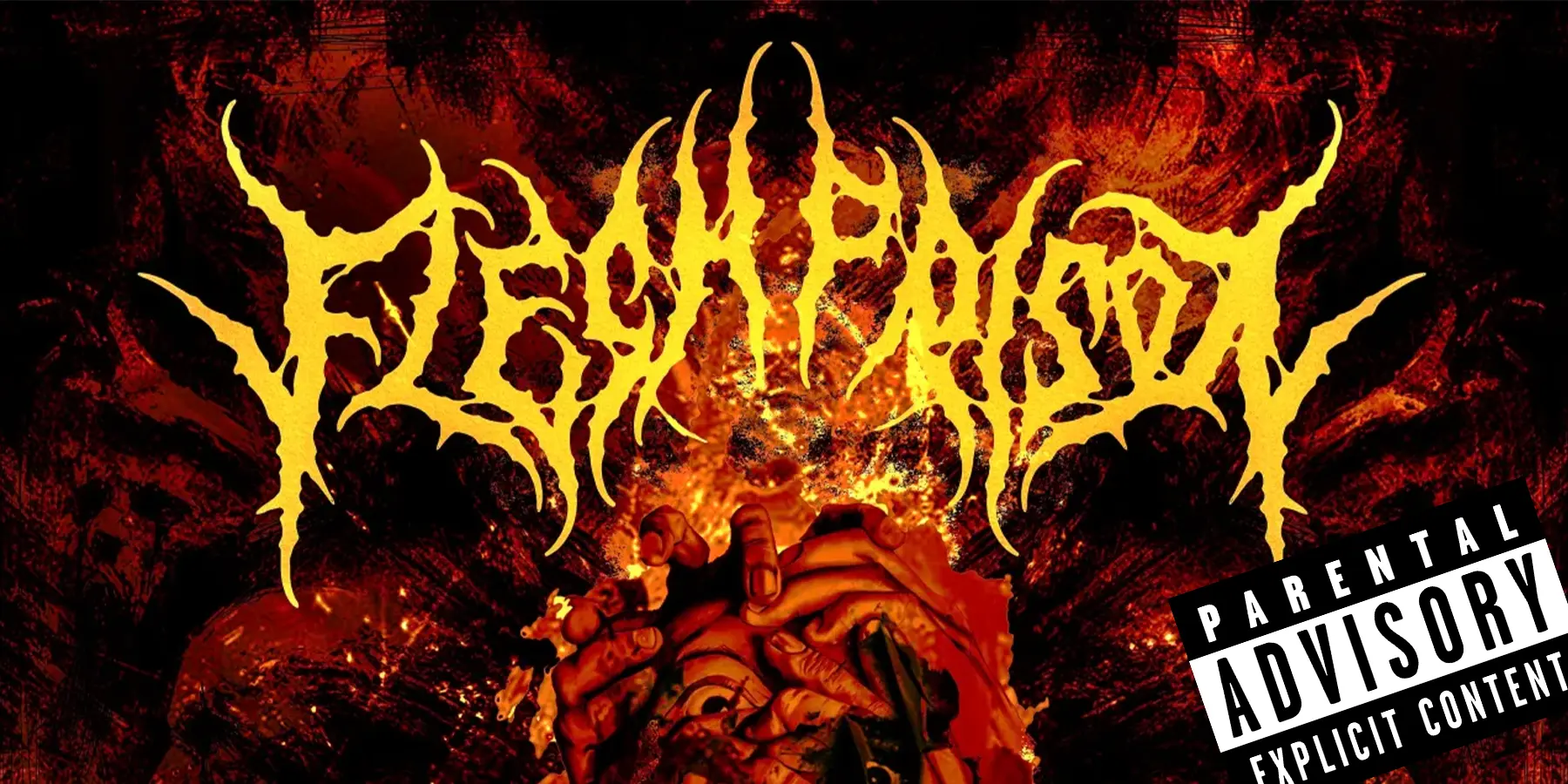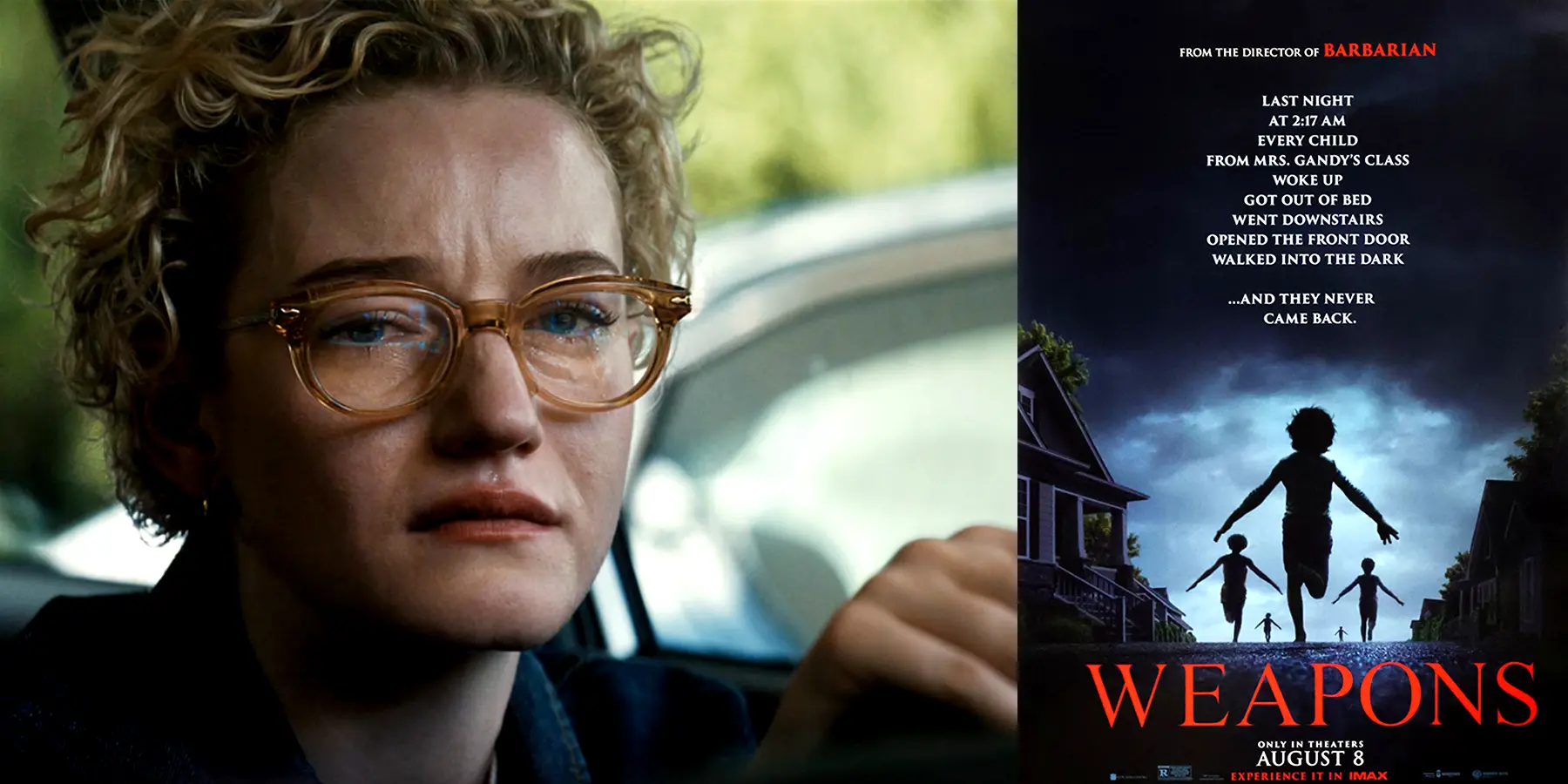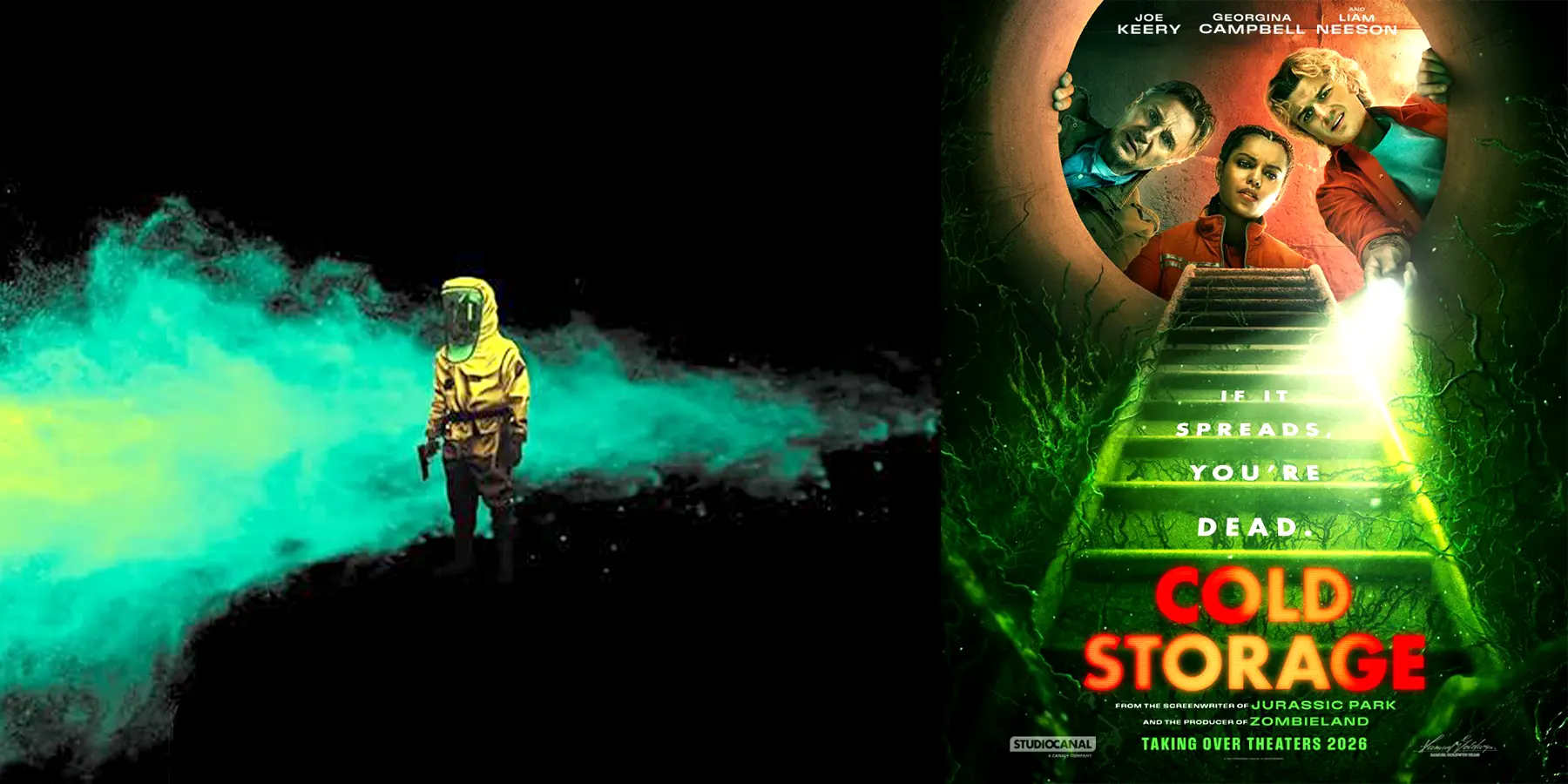The 1970s and 1980s witnessed a unique genre of eco-disaster films where the natural world turned on humanity with bizarre and often campy consequences. From killer rabbits to deadly swarms, these “nature run amok” movies capitalized on environmental fears and audiences’ fascination with the unknown. Here’s a look at some of the strangest eco-disaster films, including where they were shot, what made them memorable, and any strange promotions or effects.
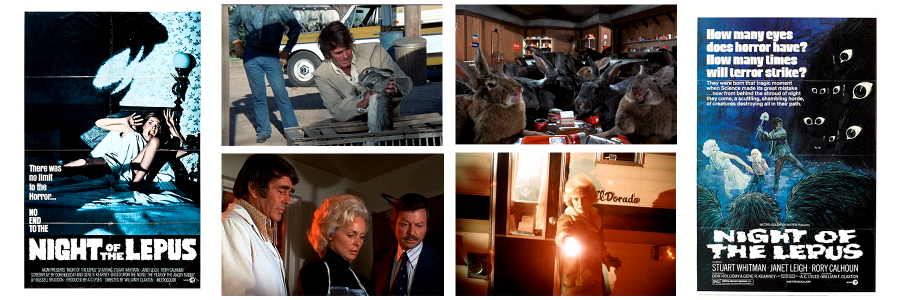
Night of the Lepus (1972)
- Concept: Giant killer rabbits terrorize a small Arizona town.
- Filming Locations: Shot in Ajo, Arizona, among desert landscapes.
- Unique Factor: The idea of rabbits—usually seen as harmless—becoming monstrous predators is unforgettable. Using slow-motion footage and miniature sets, the filmmakers attempted to make bunnies terrifying.
- Odd Promotion: MGM kept the villain’s identity under wraps, reluctant to reveal that the monsters were giant rabbits.
- Effects: Practical effects featured real rabbits filmed to appear giant, as well as actors in rabbit suits for close-ups.
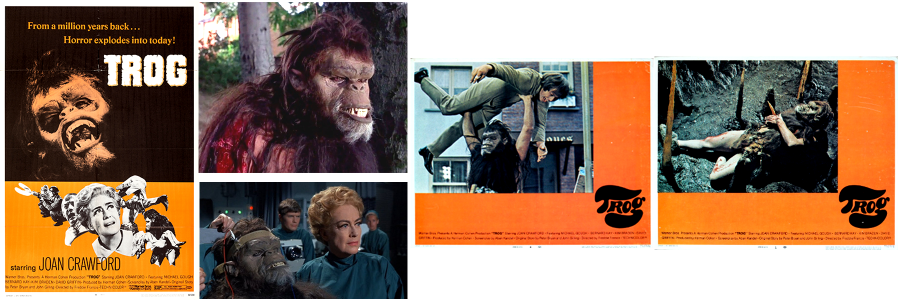
Trog (1970)
- Concept: A “half-man, half-troglodyte” creature is discovered, studied, and ultimately unleashed.
- Filming Locations: Shot in Bray Studios, Berkshire, England.
- Unique Factor: Featuring Joan Crawford in her final film role, the odd pairing of an acclaimed actress with a low-budget creature feature about a troglodyte is memorable.
- Promotion: Marketed heavily around Joan Crawford’s participation, despite the B-movie vibe.
- Effects: Simple practical effects with an actor in a troglodyte suit gave the movie its low-budget charm.
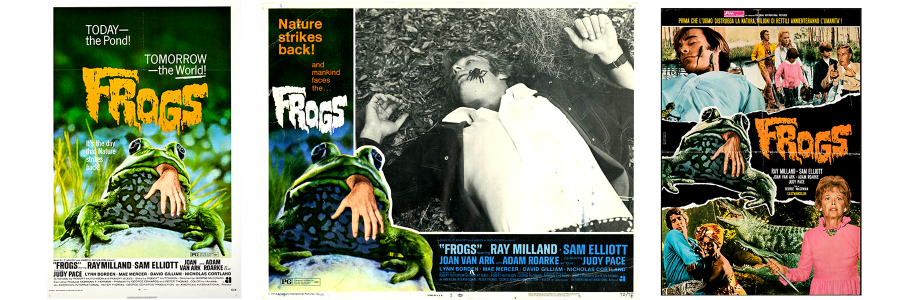
Frogs (1972)
- Concept: Reptiles and amphibians rise up against a wealthy family on a swampy island.
- Filming Locations: Eden Gardens State Park, Florida.
- Unique Factor: The concept of frogs, snakes, and lizards uniting to take revenge was inspired by growing environmental concerns.
- Promotion: Posters depicted frogs with human hands in their mouths—a misleading yet intriguing image.
- Effects: Mostly real animals were used with close-ups for menace, and limited effects added a gritty realism to the film.
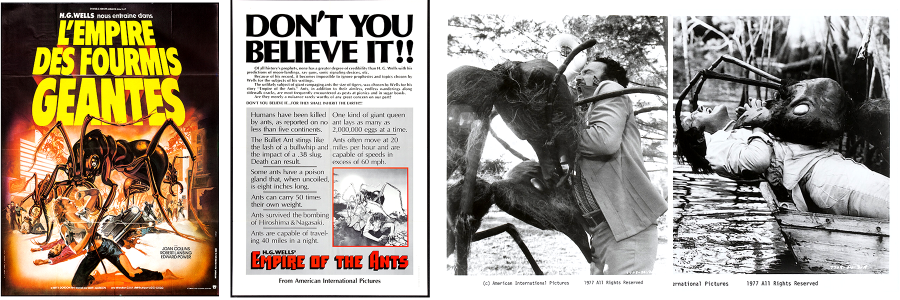
Empire of the Ants (1977)
- Concept: A real estate scam turns deadly when giant ants attack.
- Filming Locations: Everglades, Florida.
- Unique Factor: Adapted from H.G. Wells’ story, the film’s depiction of ants taking control over human minds made for a campy take on sci-fi horror.
- Promotion: Marketed as serious sci-fi despite its intentionally cheesy special effects.
- Effects: Real ants and large rubber models were superimposed for attack scenes, lending a kitschy yet memorable look.
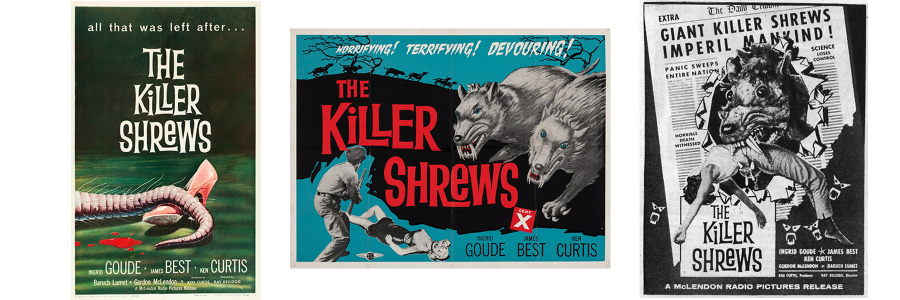
The Killer Shrews (1959)
- Concept: Mutated shrews terrorize the inhabitants of a remote island.
- Filming Locations: Lake Dallas, Texas.
- Unique Factor: The “killer shrews” were dogs dressed in costumes, giving an unintentionally humorous touch to the horror.
- Promotion: The tagline boasted, “All that was left after… THE KILLER SHREWS!”
- Effects: Dogs in costumes and puppet close-ups created the deadly shrews, adding a surreal element to the horror.
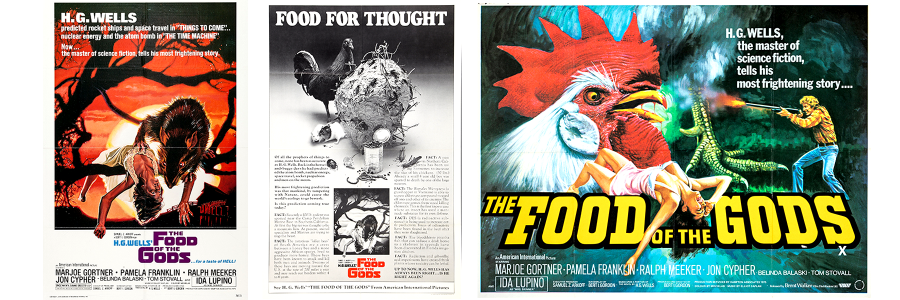
Food of the Gods (1976)
- Concept: Animals become massive after consuming a strange substance, leading them to attack humans.
- Filming Locations: British Columbia, Canada.
- Unique Factor: The inclusion of giant rats, wasps, and chickens made for absurd but entertaining carnage.
- Promotion: Posters featuring giant rats attacking became iconic in the eco-horror genre.
- Effects: A combination of animatronic animals and rear projection to create the illusion of giants.
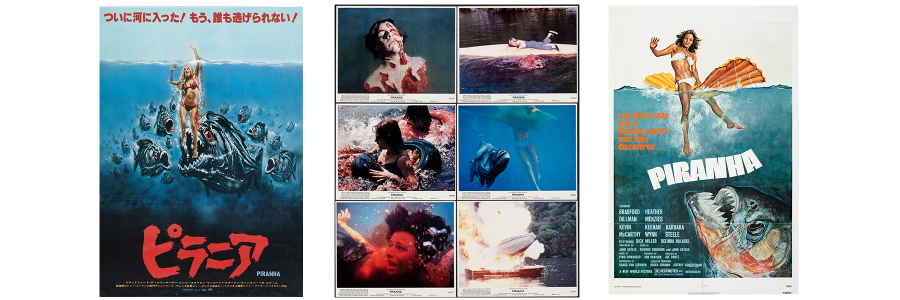
Piranha (1978)
- Concept: Genetically modified piranhas escape into a river, threatening a nearby summer camp.
- Filming Locations: Aquarena Springs, San Marcos, Texas.
- Unique Factor: A parody of Jaws, the deadly, fast-moving piranhas made for a thrilling and humorous horror experience.
- Promotion: Marketing hinted at a connection to Jaws, suggesting an even deadlier threat.
- Effects: Stop-motion effects, puppets, and practical gore effects simulated attacks by swarms of piranhas.
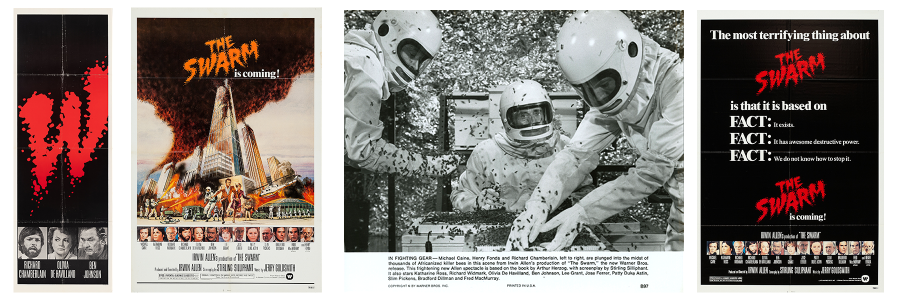
The Swarm (1978)
- Concept: Africanized killer bees invade America, wreaking havoc.
- Filming Locations: Texas, including Houston and San Antonio.
- Unique Factor: With a star-studded cast, the movie took on disaster B-movie tropes with massive swarms attacking everything from buildings to trains.
- Promotion: Heavily marketed as the “ultimate disaster movie.”
- Injuries: Several extras were stung during real bee scenes.
- Effects: A mix of real bees and miniatures created the swarm, with practical effects for destruction scenes.
Conclusion
These eco-disaster movies captivated audiences with their outlandish plots and campy effects, transforming nature into a powerful, often bizarre antagonist. Each film’s unique take on the eco-horror theme left a lasting mark on cult cinema, blending environmental cautionary tales with sensational entertainment. Today, they remain cherished relics of a genre that dared to ask: What happens when nature decides to fight back?


